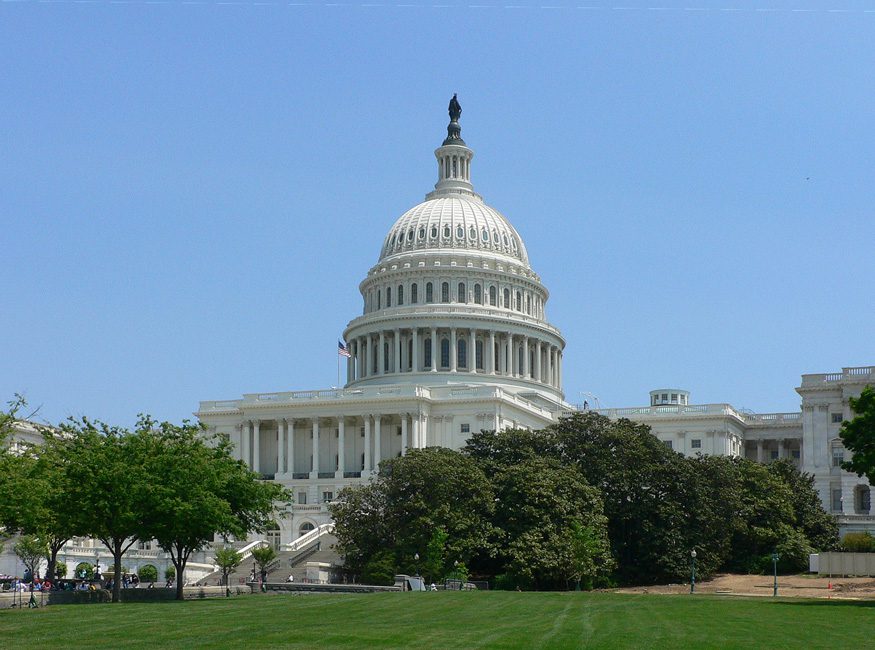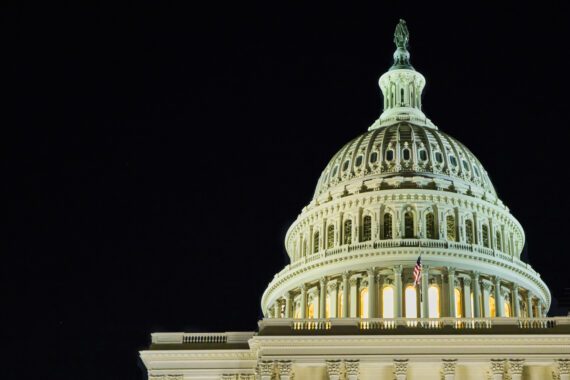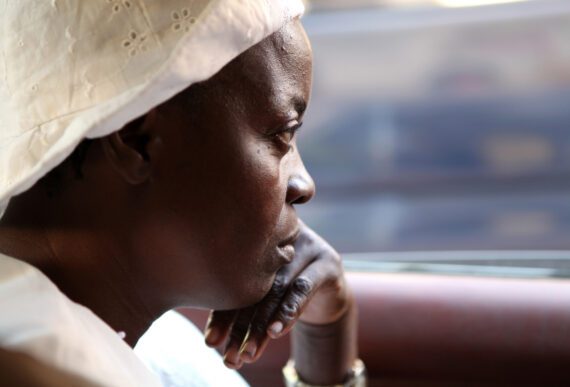Washington, D.C. – New data released by the U.S. Census Bureau shows the poverty rate dropped from 13.5 percent in 2015 to 12.7 percent in 2016 (latest figures available). That means 2.5 million fewer people are living in poverty than 2015.
While this is good news, 40.6 million Americans are still living in poverty. Bread for the World warned that proposed budget cuts could reverse the progress that has been made and push millions more families into poverty.
“It is certainly good news that the number of people living in poverty continues to decline in the U.S.,” said Rev. David Beckmann, president of Bread for the World. “We must keep building on this progress. But if Congress cuts programs that help families who are struggling, we will again see the number of people living in poverty rise.”
U.S. poverty rates fell or remained unchanged for every demographic group. For African-Americans, the poverty rate fell from 24.1 percent in 2015 to 22 percent in 2016. For Latinos, it fell from 21.4 percent to 19.4 percent, and for female-headed families, the rate fell by 1.6 percent. However, African-American and Latinos communities still have disproportionately higher rates of poverty than the general population.
Federal anti-poverty programs have substantially reduced poverty and hunger in the U.S. The official poverty rate does not take into account the benefits of many of these programs.
Without the earned income tax credit and child tax credit, 8.2 million more people would have lived in poverty in 2016. SNAP (food stamps) kept 3.6 million people out of poverty, including 1.5 million children. The school lunch program took 1.4 million people out of poverty.
“The best way to end poverty is to ensure people have access to jobs that provide a decent wage,” said Beckmann. He added that the reduction in poverty can be attributed, in part, to a 3.2 percent increase in the median household income – to $59,000 – as well as an increase in the number of Americans accessing health insurance. With more people insured, struggling households don’t have to make the difficult decision between purchasing food or medicine.
“Safety-net programs continue to keep millions of families out of poverty,” Beckmann said. “If Congress cuts these programs they will be pushing millions of people into poverty and hunger. We have come too far to go back now.”



